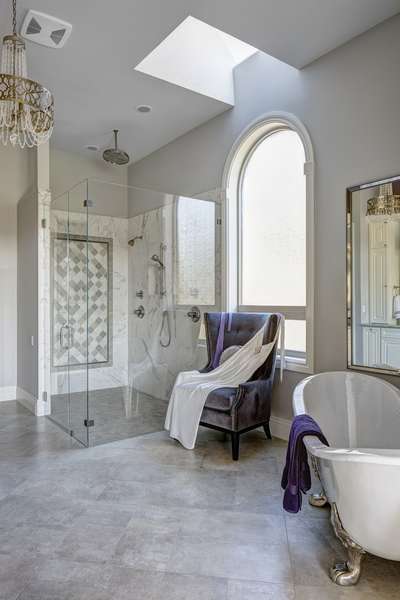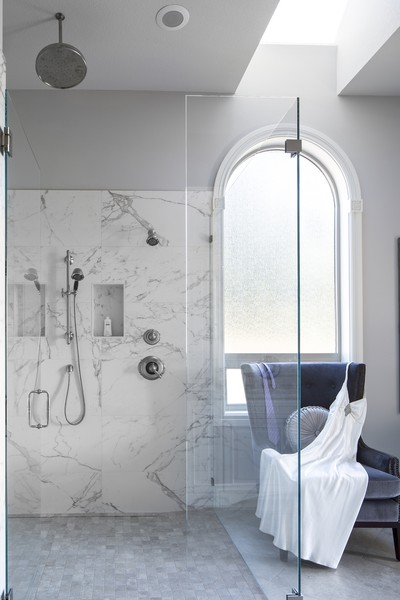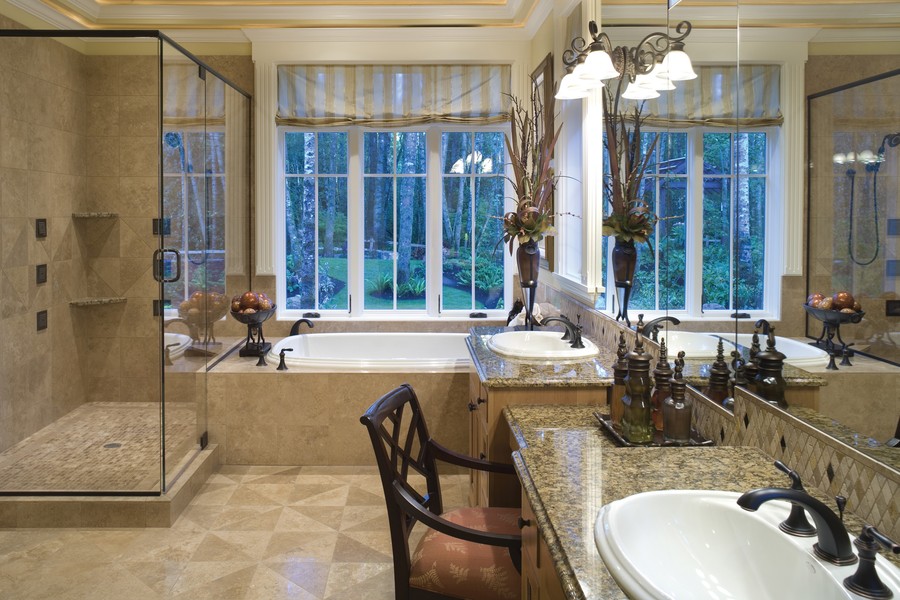How to Plan the Perfect Shower
All Categories
About Our Plans Building a Home Building Your Home Green Building Help and Support Hobbies & Recreation Home Building Tips and Information Home Design Home Exterior & Framing Homepage Articles House Plan of the Week How We Work Ideas and Inspiration Industry News Infographics Information & Resources Inspired Spaces Interior Design Kitchens Mascord News Modified Home Designs Outdoor Living Personal Stories Plan Support Products and Services Real Estate Remodeling & Renovating ShowstoppersIn new home designs, tiled showers are extremely popular. Unlike traditional fiberglass showers, a tiled shower gives you the opportunity to customize to your heart’s content. However, that customization comes with a couple of caveats. With all the design choices to make, it’s easy to build a shower that seems perfect during the design phase, but turns out less than ideal once completed. To help you avoid some of these pitfalls, here are some tips for planning and building the perfect shower.

Smaller Tiles or Larger Ones?
It’s tempting to choose small tiles just for the design options. The smaller your tiles are, the easier it is to create interesting patterns or motifs on your shower walls. However, small tiles also mean lots of grout to clean plus more time and expense devoted to resealing the grout annually. If you’d rather not spend as much time cleaning and maintaining the shower, use larger tiles to minimize the number of grout lines.
Grout Choices
When selecting grout, there are many factors to consider: Epoxy versus cement grout, Sanded versus unsanded grout, The width of your grout lines, and the color of the grout.
In general, light colored grout is much harder to keep clean, so if you’d like to use white or off-white grout, you may be better off with an epoxy grout over a cement grout. Epoxy grout has a much smoother finish, which means it won’t hold stains the way that cement grouts do.
Among cement grouts, you’ll have a choice between sanded and unsanded grout. Unsanded grout is for grout lines that are 1/8-inch or less, and it has a much finish than sanded grout, which makes it easier to clean. Sanded grout, however, gives your shower texture. Because you can use it to create wider grout lines, it also lets you create more contrast between the grout and tile colors.
Tiles for the Shower Base
Before settling on tiles for the base of your shower, consult with your builder. The shape of the shower base will play a large part in determining what size tiles to use. You can still use larger tiles for the walls, but if the floor has a rather sharp curve or slope towards the drain, you’ll need to use smaller tiles to fit the floor’s contour.
Making Sure the Shower is the Right Fit
Shower plans can change and evolve throughout the construction process. Once the shower frame is built, it’s not too late to change your mind and make the shower a little larger if necessary. Stand in the unfinished frame and make sure that your elbows won’t bump into the walls, that you have plenty of room to bend and move, and that the fixtures are all in places that are easy for you to reach.
Tiled showers are popular not only for their beauty, but also for wealth of options available. Take the time to thoroughly explore each option so that your new shower turns out exactly as you envisioned.


